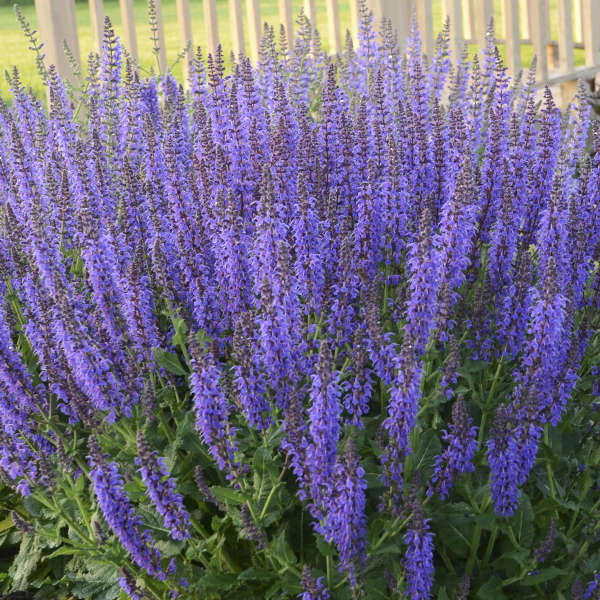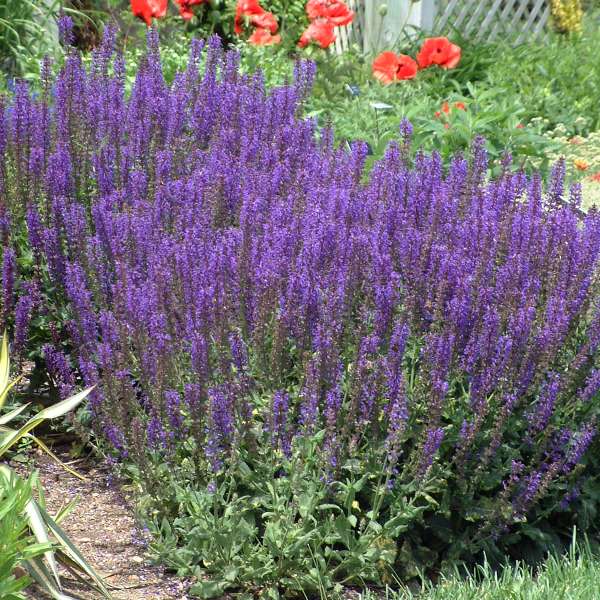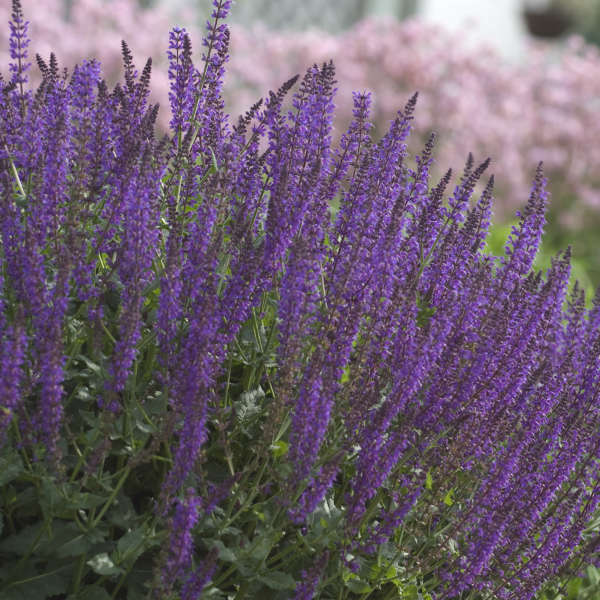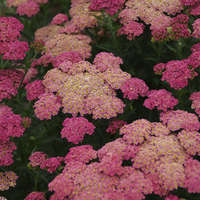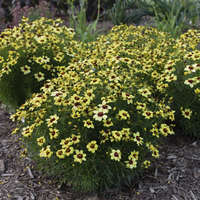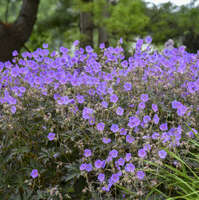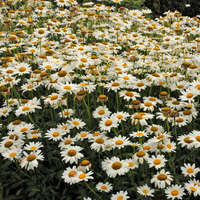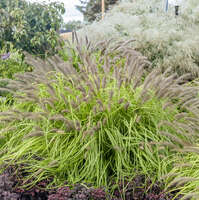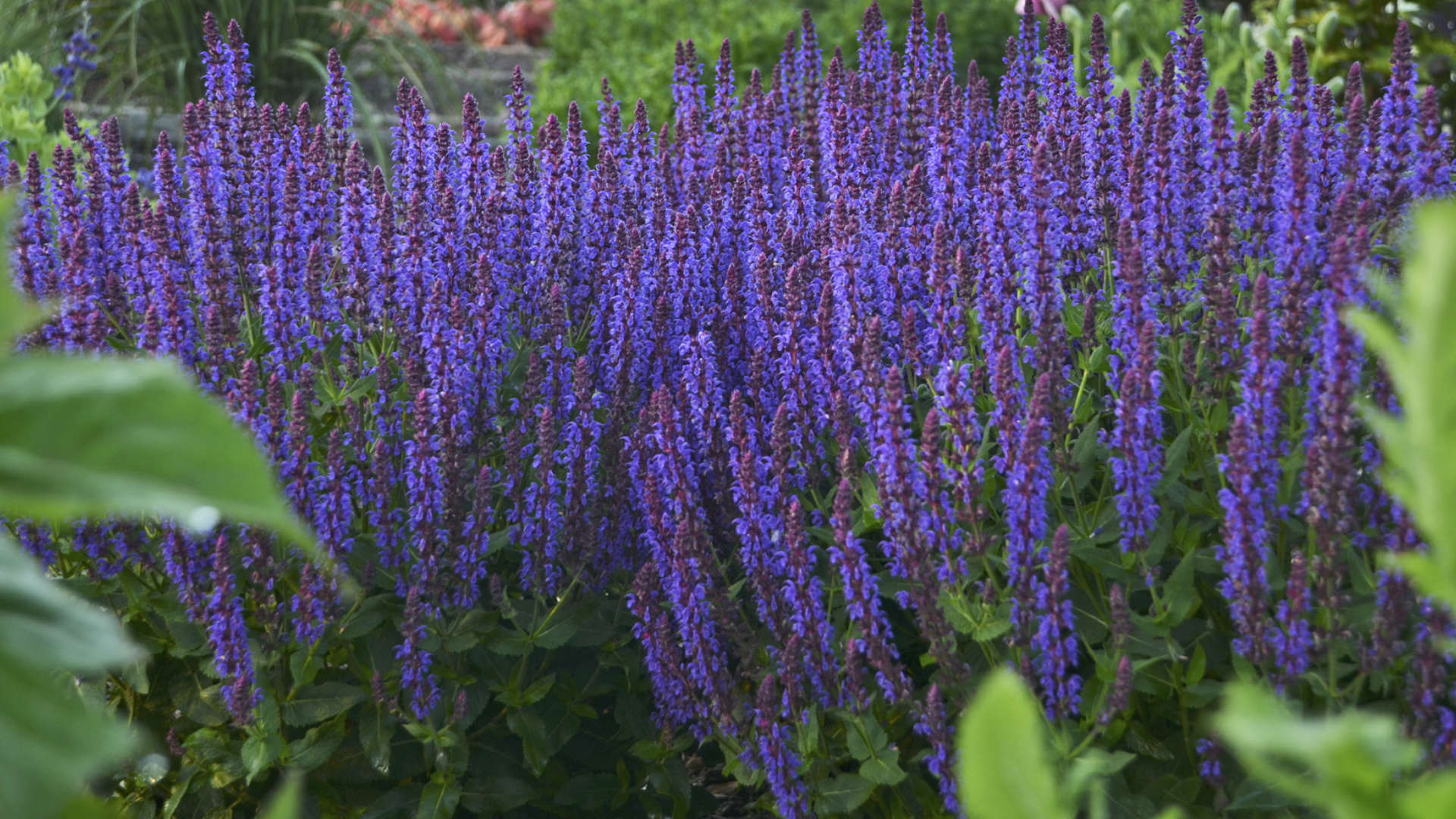Growing Temperature:
55-65° F
Holding Temperature:
45-50° F
Soil PH:
5.8-6.2
EC (What is EC?):
2.0-3.0 pour through method
Fertility:
Salvias are light to moderate feeders, requiring only modest amounts of fertilizer. Apply a constant liquid fertilizer at 100-125 ppm nitrogen at each watering.
For Controlled Release or Slow Release Fertilizer, see your preferred supplier for recommended rates for incorporation or top dressing, as it varies by fertilizer.
Vernalization:
Not required to flower but is beneficial. If planting plugs in summer provide 8-10 weeks of cold after bulking.
Pests & Diseases:
The primary pests seen are aphids, thrips, spider mites, whiteflies and leaf hoppers. Other pests to look out for include scale, beetles, snails and slugs, stalk borers, plant bugs, caterpillers, nematodes, Greenhouse Leaftier moth (Oeobia), greenhouse orthezia (Orthezia).
Potential diseases include crown and root rots, bacterial blights (Pseudomonas), leaf spots, Botrytis blight, damping-off, powdery mildew (Erysiphe), downy mildew (Peronospora), Verticillium wilt, stem rot (Sphaeropsis), Sclerotium rot, rusts and viruses.
Potting & Timing:
Roots can be trimmed to fit container.
Moisture:
For potting soil use commercial planting media.
Water plants thoroughly and let plants dry out between waterings. Salvia require average amounts of irrigation, overwatering can lead to root and crown rot.
Planting Level:
Plant crown even with soil level.
PGRs/Pinching:
It is beneficial to pinch plants from plugs to increase lateral branching. Provide a soft pinch one to two weeks after planting. For height control use Daminozide (B-Nine or Dazide) at 2500 ppm 2-3 times at weekly intervals, or Uniconazole (Sumagic) starting at 5 ppm.
Growth regulator rates are suggestions but may vary due to time of year, region and water quality. Trialing is always recommended before applying to an entire crop.
Lighting:
Salvias will flower faster and better under long days.
